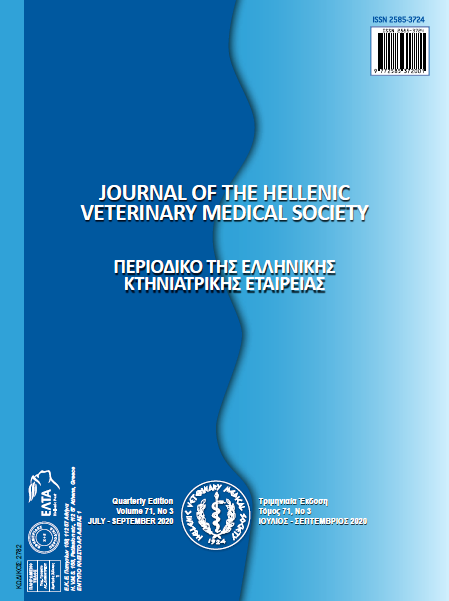Association of herd management with the infestation of ticks in domestic goats
Résumé
Three-stage cluster random sampling was done for determination of the association of herd management with the prevalence of tick (Acari: Ixodidae) infestation in goats (Capra hircus) in southern Punjab, Pakistan. A total of 136 nomadic goat herds and settled farms were screened for ticks and related information like nature of herds, herd size, farming pattern, animal keeping, housing, floor pattern and hygienic measures and documented on a pre-structured questionnaire. In addition, participatory epidemiological tools were used to document trends of consultancy and therapy, choice of drugs and therapeutic approaches. A significant tick infestation (56.30%) was found in all the settled farms or nomadic herds irrespective of the herd size; however, herds having 40-60 goats showed highest infestation. Among 109 (80.1%) settled farms and 27 (19.8%) nomadic herds, highest infestation was found in nomadic herds. No significant association of tick infestation was found with the goat herds reared with large ruminants or separately. Association of tick infestation with goat herds reared in closed housing system was found to be significantly higher as compared to partially-closed or open. Tethered goats showed significantly higher rate of tick infestation than free living. Uncemented (Kacha) floor was a higher risk factor for tick infestation as compared to cemented and bricked. The goats of the settled farms were more prone to tick infestation whose owner neglected the tick infestation, consulted with quacks, used ethnoveterinary medicine and petroleum for control of ticks. The findings of present study will be helpful in devising appropriate extension services for the control of tick infestation in the selected region in specific and in resource-poor countries with similar livestock husbandry systems, in general.
Article Details
- Comment citer
-
SAJID, M., RIZWAN, H., KHAN, M., QUDOOS, A., ATIF, F., MALIK, M., & MAQBOOL, M. (2020). Association of herd management with the infestation of ticks in domestic goats. Journal of the Hellenic Veterinary Medical Society, 71(3), 2283–2290. https://doi.org/10.12681/jhvms.25074
- Numéro
- Vol. 71 No 3 (2020)
- Rubrique
- Research Articles

Ce travail est disponible sous licence Creative Commons Attribution - Pas d’Utilisation Commerciale 4.0 International.
Authors who publish with this journal agree to the following terms:
· Authors retain copyright and grant the journal right of first publication with the work simultaneously licensed under a Creative Commons Attribution Non-Commercial License that allows others to share the work with an acknowledgement of the work's authorship and initial publication in this journal.
· Authors are able to enter into separate, additional contractual arrangements for the non-exclusive distribution of the journal's published version of the work (e.g. post it to an institutional repository or publish it in a book), with an acknowledgement of its initial publication in this journal.
· Authors are permitted and encouraged to post their work online (preferably in institutional repositories or on their website) prior to and during the submission process, as it can lead to productive exchanges, as well as earlier and greater citation of published work.



